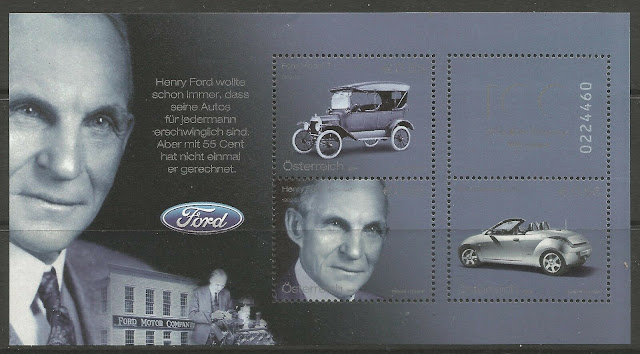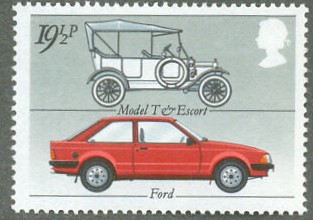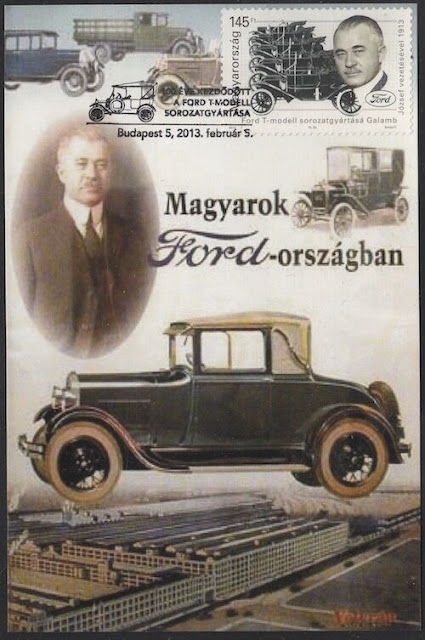1511 Born: Giorgio Vasari, Italian historian, painter, and architect (d. 1574)
Giorgio Vasari (30 July 1511 – 27 June 1574) was an Italian painter, architect, engineer, writer, and historian, best known for his Lives of the Most Excellent Painters, Sculptors, and Architects, considered the ideological foundation of art-historical writing, and basis for biographies of several Renaissance artists including Leonardo da Vinci. Vasari designed the Tomb of Michelangelo in the Basilica of Santa Croce, Florence that was completed in 1578. Based on Vasari's text about Giotto's new manner of painting, Jules Michelet suggested for the first time the term Renaissance in his Histoire de France (1835), a term adopted by historiography and still in use today.
Aside from his career as a painter, Vasari was also successful as an architect. His loggia of the Palazzo degli Uffizi by the Arno opens up the vista at the far end of its long narrow courtyard. It is a unique piece of urban planning that functions as a public piazza, and which, if considered as a short street, is unique as a Renaissance street with a unified architectural treatment. The view of the Loggia from the Arno reveals that, with the Vasari Corridor, it is one of very few structures that line the river which are open to the river itself and appear to embrace the riverside environment.
In Florence, Vasari also built the long passage, now called Vasari Corridor, which connects the Uffizi with the Palazzo Pitti on the other side of the river. The enclosed corridor passes alongside the River Arno on an arcade, crosses the Ponte Vecchio and winds around the exterior of several buildings. It was once the home of the Mercado de Vecchio.
He also renovated the medieval churches of Santa Maria Novella and Santa Croce. At both he removed the original rood screen and loft, and remodeled the retro-choirs in the Mannerist taste of his time. In Santa Croce, he was responsible for the painting of The Adoration of the Magi which was commissioned by Pope Pius V in 1566 and completed in February 1567. It was recently restored, before being put on exhibition in 2011 in Rome and in Naples. Eventually it is planned to return it to the church of Santa Croce in Bosco Marengo (Province of Alessandria, Piedmont).
In 1562 Vasari built the octagonal dome on the Basilica of Our Lady of Humility in Pistoia, an important example of high Renaissance architecture.
In Rome, Vasari worked with Giacomo Barozzi da Vignola and Bartolomeo Ammannati at Pope Julius III's Villa Giulia.
Italian stamp commemorating Vasari's architectural work
Henry Ford (July 30, 1863 – April 7, 1947) was an American industrialist and a business magnate, the founder of the Ford Motor Company, and the sponsor of the development of the assembly line technique of mass production.
Although Ford did not invent the automobile or the assembly line, he developed and manufactured the first automobile that many middle-class Americans could afford. In doing so, Ford converted the automobile from an expensive curiosity into a practical conveyance that would profoundly impact the landscape of the 20th century. His introduction of the Model T automobile revolutionized transportation and American industry. As the owner of the Ford Motor Company, he became one of the richest and best-known people in the world. He is credited with "Fordism": mass production of inexpensive goods coupled with high wages for workers. Ford had a global vision, with consumerism as the key to peace. His intense commitment to systematically lowering costs resulted in many technical and business innovations, including a franchise system that put dealerships throughout most of North America and in major cities on six continents. Ford left most of his vast wealth to the Ford Foundation and arranged for his family to control the company permanently.
Ford was also widely known for his pacifism during the first years of World War I, and for promoting antisemitic content, including The Protocols of the Elders of Zion, through his newspaper The Dearborn Independent and the book The International Jew, having an influence on the development of Nazism and Adolf Hitler.
Some stamps depicting Ford and or his automobile
1898 Died: Otto von Bismarck, German lawyer and politician, 1st Chancellor of Germany (b. 1815)
Otto Eduard Leopold, Prince of Bismarck, Duke of Lauenburg (Born von Bismarck-Schönhausen; German: Otto Eduard Leopold Fürst von Bismarck, Herzog zu Lauenburg; 1 April 1815 – 30 July 1898), known as Otto von Bismarck, was a conservative Prussian statesman who dominated German and European affairs from the 1860s until 1890 and was the first Chancellor of the German Empire between 1871 and 1890. In 1862, King Wilhelm I appointed him as Minister President of Prussia, a position he would hold until 1890, with the exception of a short break in 1873.
He provoked three short, decisive wars against Denmark, Austria, and France. Following the victory against Austria, he abolished the supranational German Confederation and instead formed the North German Confederation as the first German national state in 1867, leading it as Federal Chancellor. This aligned the smaller North German states behind Prussia. Later receiving the support of the independent South German states in the Confederation's defeat of France, he formed the German Empire in 1871, unifying Germany with himself as Imperial Chancellor, while retaining control of Prussia at the same time. The new German nation excluded Austria, which had been Prussia's main opponent for predominance among the German states.
German First Day Cover issued for the 150 birthday anniversary of Otto von Bismarck
1966 – England defeats West Germany to win the 1966 FIFA World Cup at Wembley Stadium after extra time.
The 1966 FIFA World Cup was the eighth FIFA World Cup and was held in England from 11 to 30 July 1966. England beat West Germany 4–2 in the final, winning the Jules Rimet Trophy. It is England's only FIFA World Cup title. They were the fifth nation to win and the third host nation to win after Uruguay in 1930 and Italy in 1934.
Stamps issued by Great Britain to commemorate this event
2003 – In Mexico, the last 'old style' Volkswagen Beetle rolls off the assembly line.
The Volkswagen Beetle—officially the Volkswagen Type 1, informally in German the Käfer (meaning "beetle"), in parts of the English-speaking world the Bug, and known by many other nicknames in other languages—is a two-door, rear-engine economy car, intended for five occupants (later, Beetles were restricted to four people in some countries), that was manufactured and marketed by German automaker Volkswagen (VW) from 1938 until 2003.
The need for a people's car (Volkswagen in German), its concept and its functional objectives were formulated by the leader of Nazi Germany, Adolf Hitler, who wanted a cheap, simple car to be mass-produced for his country's new road network (Reichsautobahn). Members of the National Socialist party, with an additional dues surcharge, were promised the first production, but the war shifted production to military vehicles instead. Lead engineer Ferdinand Porsche and his team took until 1938 to finalise the design. Béla Barényi is credited with first conceiving the original design for this car in 1925
By 2002, over 21 million Type 1s had been produced, but by 2003, annual production had dropped to 30,000 from a peak of 1.3 million in 1971. VW announced the end of production in June 2003, citing decreasing demand, and the final original Type 1 VW Beetle (No. 21,529,464) rolled off the production line at Puebla, Mexico, on 30 July 2003, 65 years after its original launch. This last Beetle, nicknamed El Rey (Spanish for "The King" after a legendary Mexican song by José Alfredo Jiménez) was delivered to the company's museum in Wolfsburg, Germany
Some stamps from Germany, Luxembourg and Iceland depicting the beetle














No comments:
Post a Comment